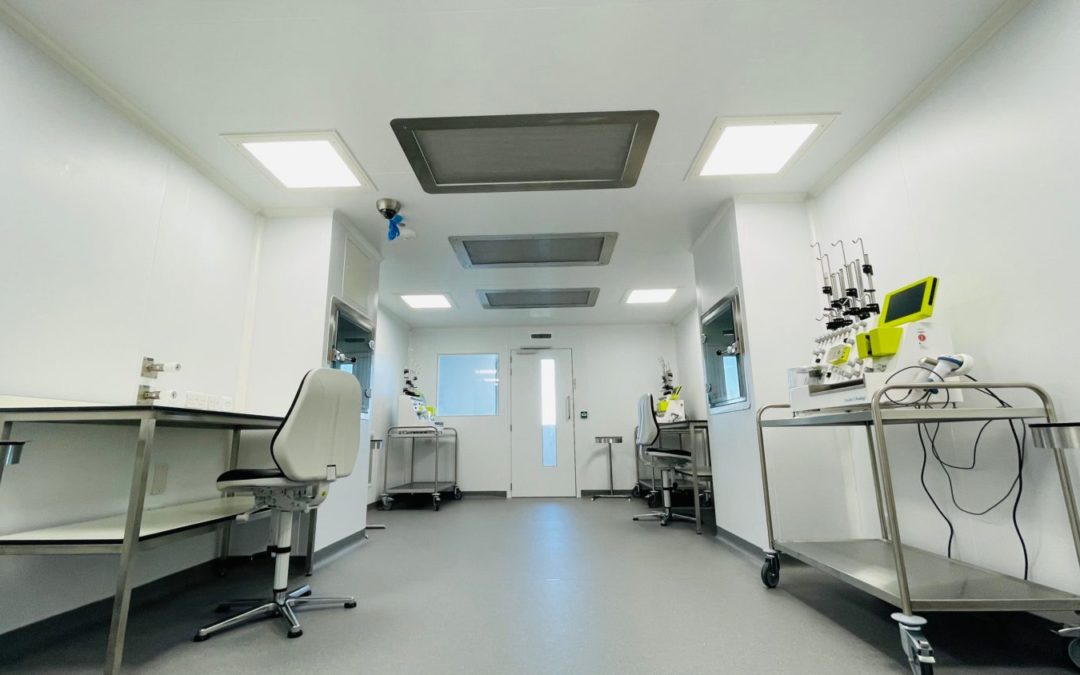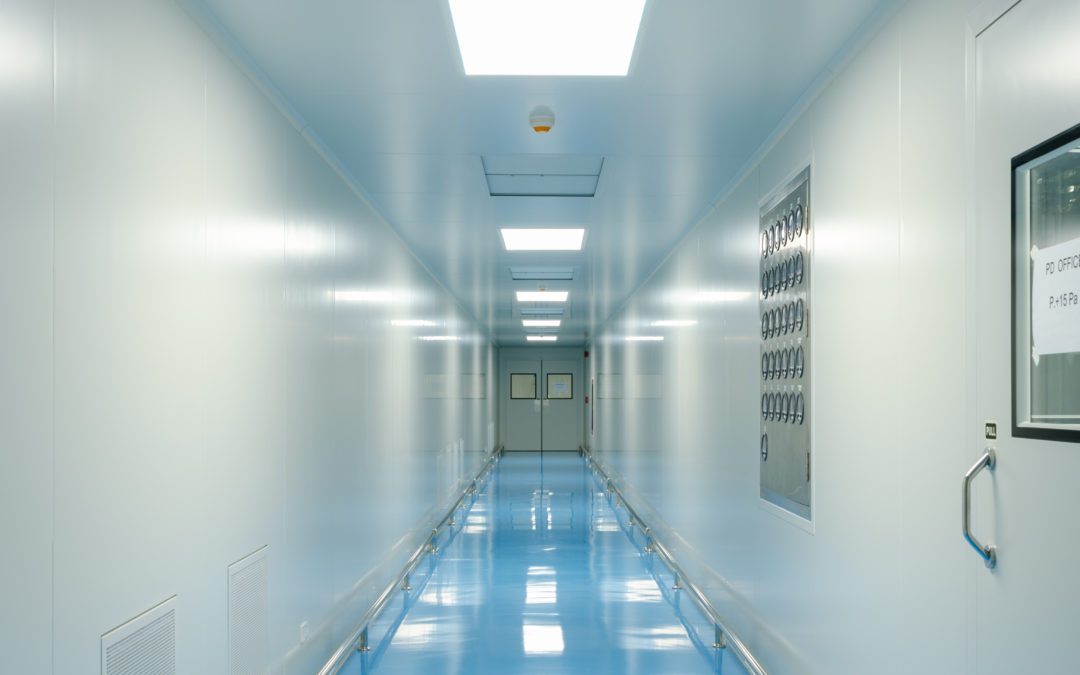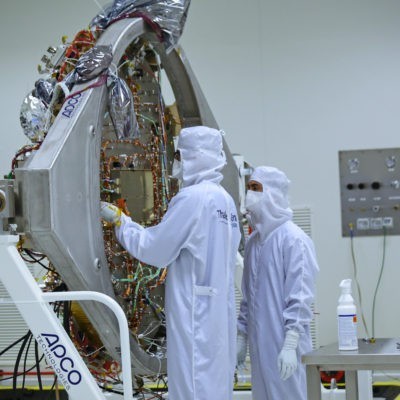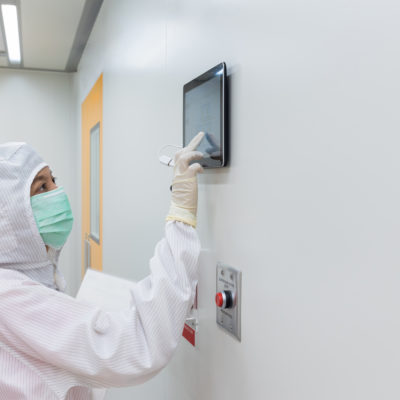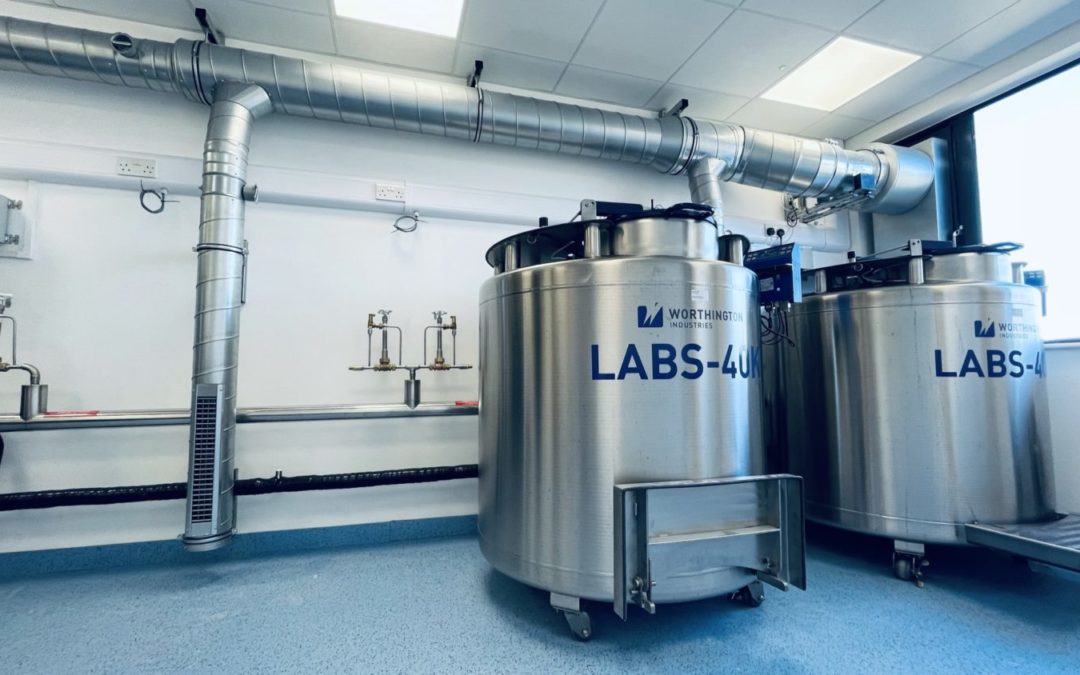
5 Types of Equipment Used in Cell & Gene Therapy Cleanrooms
Cell and gene therapies are both forms of regenerative medicine. Cell therapy involves transferring live, intact cells into a patient to lessen or cure a disease. The cells may be from the patient (autologous) or from a donor (allogeneic). Gene therapy involves transferring genetic material into a patient to change how a single protein or group of proteins is produced by the cell.
These are relatively new treatment options, but many healthcare professionals are optimistic about the safer, more targeted, less invasive way to treat serious illnesses.
All that said, the various processes that go into developing cell and gene therapies require a controlled cleanroom environment. Tasks like cellular engineering and genetic engineering, growth, and purification all require stringent cleanliness standards, so that their results can be safe, effective, and repeatable.
Something that can jeopardize that environmental control? The various types of equipment housed within the space. Below, we’ll talk about cell and gene therapy cleanroom equipment, what risks it can pose, and what steps you can take to mitigate those risks.
Risks Associated with Cell & Gene Therapy Cleanroom Equipment
While designing a cell and gene therapy cleanroom, it’s important to consider the pieces of equipment that are required for your operations and how they may affect the surrounding cleanroom environment. Many pieces of cell and gene therapy equipment can emit heat and contaminants, which presents a bit of a challenge during the design process. Depending on the risk they carry, you may need to determine if this equipment should be located in a classified or external support area, or if other accommodations need to be made to ensure a high level of safety and control.
Here are a few of the main risks associated with cell and gene therapy cleanroom equipment, along with considerations you should take to mitigate them:
- Equipment material – Equipment should be manufactured using non-shedding materials that can withstand sanitation and decontamination practices, which could include exposure to vaporized hydrogen peroxide (VHP) and other biocides. Materials should also have low electrostatic properties in order to reduce particle adherence.
- Equipment surface – All equipment surfaces should be smooth, with no joints, cracks, or crevices for contaminants to accumulate. Also, surfaces that come into contact with products and consumables should be non-absorbent and non-reactive.
- Particle emission – Oddly enough, the equipment used to safely carry out cleanroom operations can be a contributor to particle emission as well. For these types of equipment, you may need to either find an external storage area, conduct additional sanitation procedures, or boost your filtration efforts.
- Heat gain – Many pieces of cell and gene therapy cleanroom equipment can increase the temperature in cleanrooms, which means you may need to include additional cooling systems and account for the heat loads in the design. Also, when writing a user requirement specification (URS), you should include details for what equipment will be located in which area so that heat load calculations can be made easily.
- Weight – For larger pieces of cell and gene therapy cleanroom equipment, weight needs to be considered. Make sure you have tables, workstations, and benches that meet the necessary load-bearing capacity to safely store and operate equipment.
One final consideration you may make for cell and gene therapy cleanrooms is that they should be configured in closed-loop systems whenever possible. A closed-loop system is designed and operated in a way that doesn’t expose products to the surrounding room environment. This helps to ensure a further layer of protection against any of the equipment risks listed above.
5 Types of Equipment Used in Cell & Gene Therapy Cleanrooms
So what are these pieces of equipment? Well, while there are many different types of cleanroom equipment, there are a few that are most commonly used in cell and gene therapy applications. Here are just five of them, along with associated environmental hazards to be aware of.
1. Biosafety Cabinets
Biosafety cabinets are enclosed workspaces that use laminar airflow to filter out fumes and contaminants. They help to protect cleanroom personnel and the surrounding environment from hazardous substances. There are three different biosafety cabinet classes that offer varying amounts of protection:
- Class I – Provides protection for personnel and the surrounding environment, but not the product itself.
- Class II – Provides protection for personnel, the surrounding environment, and the product itself.
- Class III – Provides the highest level of protection for personnel, the surrounding environment, and the product itself.
Although biosafety cabinets can provide great protection, they can also pose a few risks. When planning to install one in your cleanroom, it’s important to consider the following:
- Equipment surface
- Could a closed system be used?
2. Incubators
An incubator is a device that provides the optimal environment for growing and maintaining microbiological cultures and cell cultures. They regulate internal temperature, humidity, and carbon dioxide levels so that even the most sensitive of cultures are able to thrive — which is a critical part of the treatment process.
The following environmental risks are associated with incubators:
- Equipment material
- Particle emission
- Heat gain
- Gas lines within cleanroom
3. Refrigerators
Refrigerators are used to store various cell and gene cultures in cold temperatures. These cultures and products need to be housed in continuously refrigerated conditions in order to be fully safe and effective upon reinjection.
However, refrigerators pose the following environmental risks for cleanrooms:
- Equipment material
- Heat gain
4. Freezers
Similar to refrigerators, freezers are used to store various cell and gene cultures in cold temperatures. They’re most often used when samples need to be stored for extended periods. It’s important that these freezers remain at their required temperature because dropping too low or rising too high could compromise the cultures’ viability.
Freezers pose the same environmental risks for cleanrooms as refrigerators:
- Equipment material
- Heat gain
5. Centrifuges
A centrifuge is a machine used to separate the various components of a fluid. In cell and gene therapy applications, it’s typically used to isolate strains of cells or DNA. Centrifuges are typically large in size and heavy in weight, often requiring a heavy-duty bench to sit upon.
If you’re planning to install a centrifuge in your cell and gene therapy cleanroom, you should be aware of these potential hazards:
- Equipment material
- Heat gain
- Weight
Planning to install a cell and gene therapy in your facility? Angstrom Technology can help. We’ll ensure your cleanroom is outfitted with the right equipment and technologies — and it’s capable of mitigating any risks that come with them. To get started working with us, contact us today.



